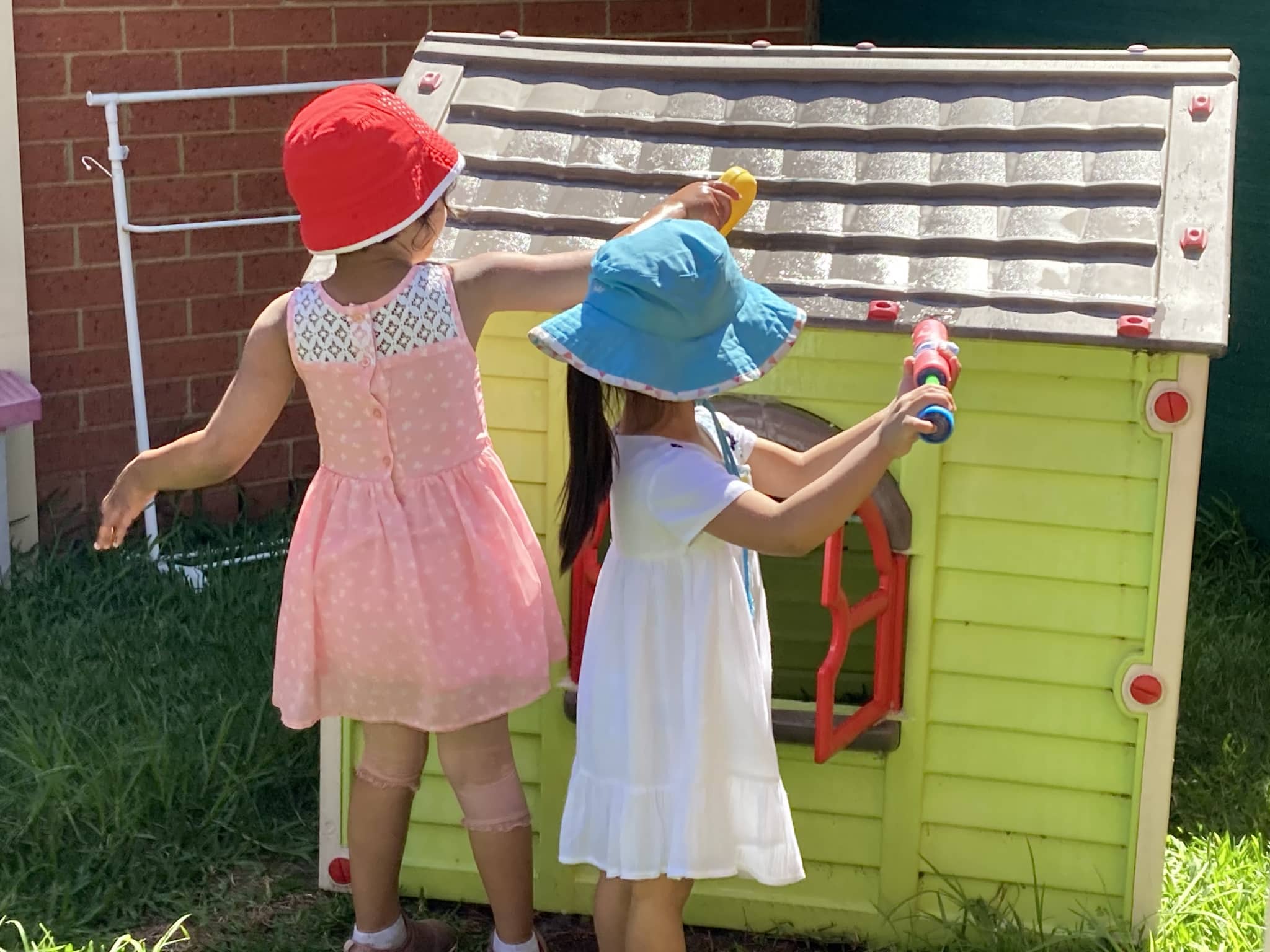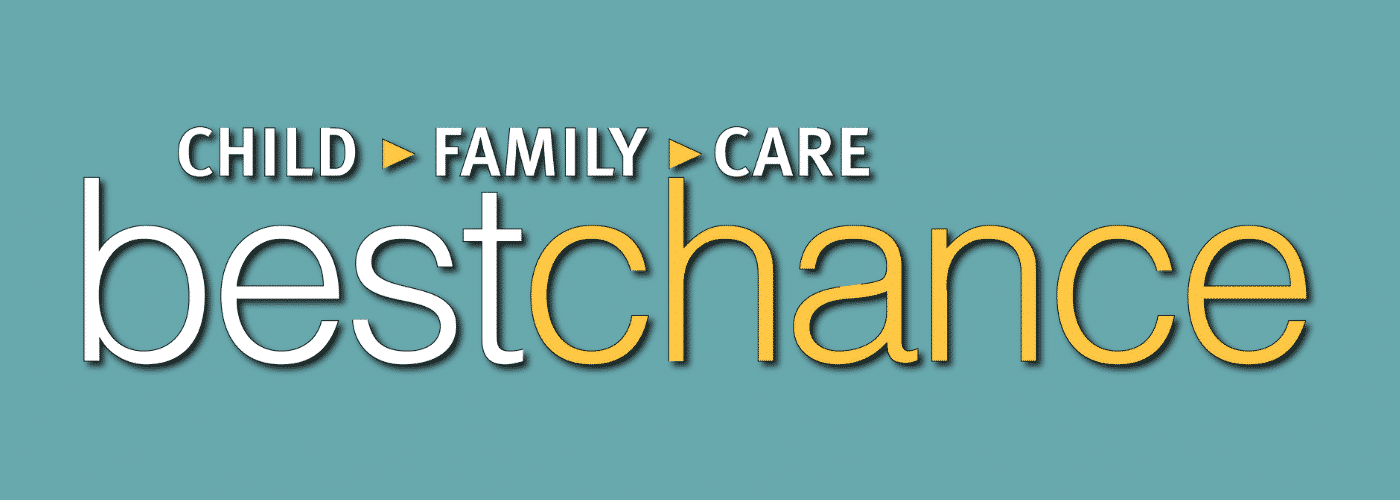Tackling Body Image Issues in Children
Body Image? Surely that's a teenage problem?
Sadly, studies have found that 38% of 4-year-old girls in Australia are dissatisfied with their bodies and 28% of boys want a different body size.
It is an alarming concept to think that our children are forming negative body images at such an early stage in their life, but it is an unfortunate truth. However, as with almost everything to do with the challenges children face, early intervention and care can make all the difference!
That is why bestchance recently partnered with non-profit organisation, Pretty Foundation, to try and tackle this issue head on.

What does it mean to have a positive body image?
The Pretty Foundation defines positive body image as something very simple: “Having a healthy body image means that you accept your body and appearance, most of the time.”
Children who develop a positive body image are more likely to:
- express high self-esteem,
- feel positive about themselves,
- be self-accepting, and
- engage in health-promoting behaviours, including healthy eating practices and physical activity.
What does it mean to have a negative body image?
Having an unhealthy body image means disliking your body and is related to feelings of shame. Children who have feelings of dissatisfaction with their body are more likely to:
- exhibit low self–esteem,
- shy away from socialising or become withdrawn
- worry about the way that they look or what others think of them
- engage in unhealthy behaviours and disordered eating
- be at risk of developing depressive symptoms.

What is body image?
Body image is a combination of how we think and feel about our body — the shape, size, colour, facial characteristics — any aspect of appearance. Our image of own own bodies can be positive, negative, or even neutral.
A child’s perception of their own body begins to develop from surprisingly early and research suggests these thoughts and feelings may be shaped by their early experiences and environments.
By around 3-4 years old, children begin to develop a sense of their own body image and start noticing differences in their bodies versus peers by around 4-5 years old.

So what do we do to combat the negative and promote the positive?
Body image is influenced by a range of environmental factors including parents, peers, and the media. An additional influence for children includes the adult role models in their lives, such as educators.
Therefore it is important that the adult role models in a child’s life are aware of the impact they can have.
Adults can influence a child’s body image through the way they model a range of health-related behaviours and attitudes (i.e. in the way they talk about their own body and appearance and that of others, their eating behaviours etc.)
Additionally, positive body image can be promoted through formal and informal learning opportunities, considering factors such as how lessons on food and nutrition are taught and the language used.
During early childhood, a home environment is a critical place of influence, but as children move into educational settings, these learning environments become increasingly influential.
This is why Bestchance has recently partnered with Pretty Foundation.
Founded in 2017, Pretty Foundation is a national charity paving the way to inspiring a positive body image in young children. This is done via evidence-informed early childcare programs, campaigns and resources that provide the perspective, skills and support required to build body confidence in young children. Their aim is to help develop confident children who are empowered to become confident adults.
Bestchance recently piloted a new program, Pretty Unique Week, through our Victorian kindergartens from 13-17 June 2022.
Pretty Unique Week aims to teach 3 – 5 year old children to celebrate body diversity and embrace their uniqueness.
The activities are guided by research and evidence on the risk factors for children’s body dissatisfaction and have been carefully created to align with the Victorian Early Years Learning and Development Framework.
The Pretty Unique Week program highlights the many ways for early childhood settings to create an environment in which children can develop a positive body image.
Over the coming weeks, we look forward to sharing more about this pilot program and its outcomes, educating our audience more on body image issues and providing recommendations to foster a healthy environment for children.
To learn more about Pretty Foundation, click HERE
To learn more about bestchance Child Care and Early Learning Centres, click HERE
To find a Kindergarten in your area, click HERE

